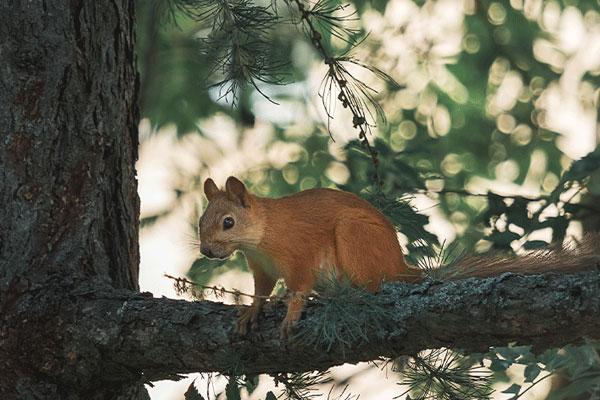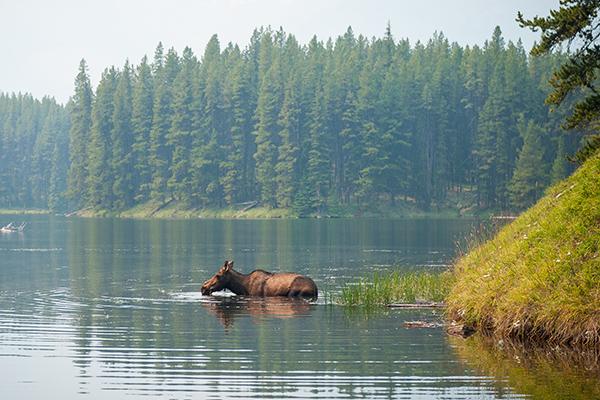Finding Friends Amid the Flames
Aptly named, the gopher tortoise is renowned for its ability to dig. On average, the tortoise’s burrows can extend up to 10 feet deep and stretch 30 feet long. Jason Alstad, a land stewardship coordinator for the Georgia Conservancy said the cool, dark den is enjoyed by the gopher tortoise and its many friends.
“You find everything from rattlesnakes to crickets, just about anything you could imagine is trying to get out of the summer heat, taking refuge in there,” Alstad said.
More than 350 different animal and insect species are dependent on the underground tunnels the gopher tortoise hollows out. As an herbivore, the tortoise is a well-behaved host, uninterested in eating or threatening its visitors. In fact, one could easily believe the tortoise might just enjoy the company.
The gopher tortoise is native to the Longleaf Pine ecosystem, a now-scarce forest type that once dominated the American Southeast. The Arbor Day Foundation is engaged in multiple reforestation projects to revive the presence of longleaf pine and, by extension, the presence of the gopher tortoise. It’s a relief to the hundreds of other wildlife species that rely on the tortoise’s burrows to escape not only the heat but fires as well.
In a longleaf pine forest, fire is perceived not as a cause for concern, but as an essential tool to cleanse the ecosystem. However, much of the longleaf pine ecosystem—and the gopher tortoise range—is on private lands, leaving the decision to use prescribed burns to landowners. Alstad admits sometimes it can be difficult to convince landowners that setting fire to their land is the right move.
“We’re kind of having a prescribed fire shortage where we’re not having enough landowners manage their habitat with fire,” Alstad said. “These prescribed fires, when done right, do exactly what they’re supposed to do. Just like with anything, it’s an education process. You have to educate the landowners.”
By not utilizing prescribed burns, landowners could potentially short-change the biodiversity of the ecosystem.
“A lot of ground species, forbs and other grasses that a lot of the gopher tortoises rely on to eat are promoted with fire,” Alstad said.
And by limiting the resources the gopher tortoise needs to thrive, landowners could actually be short-changing themselves of the economic benefits the animal can offer.




